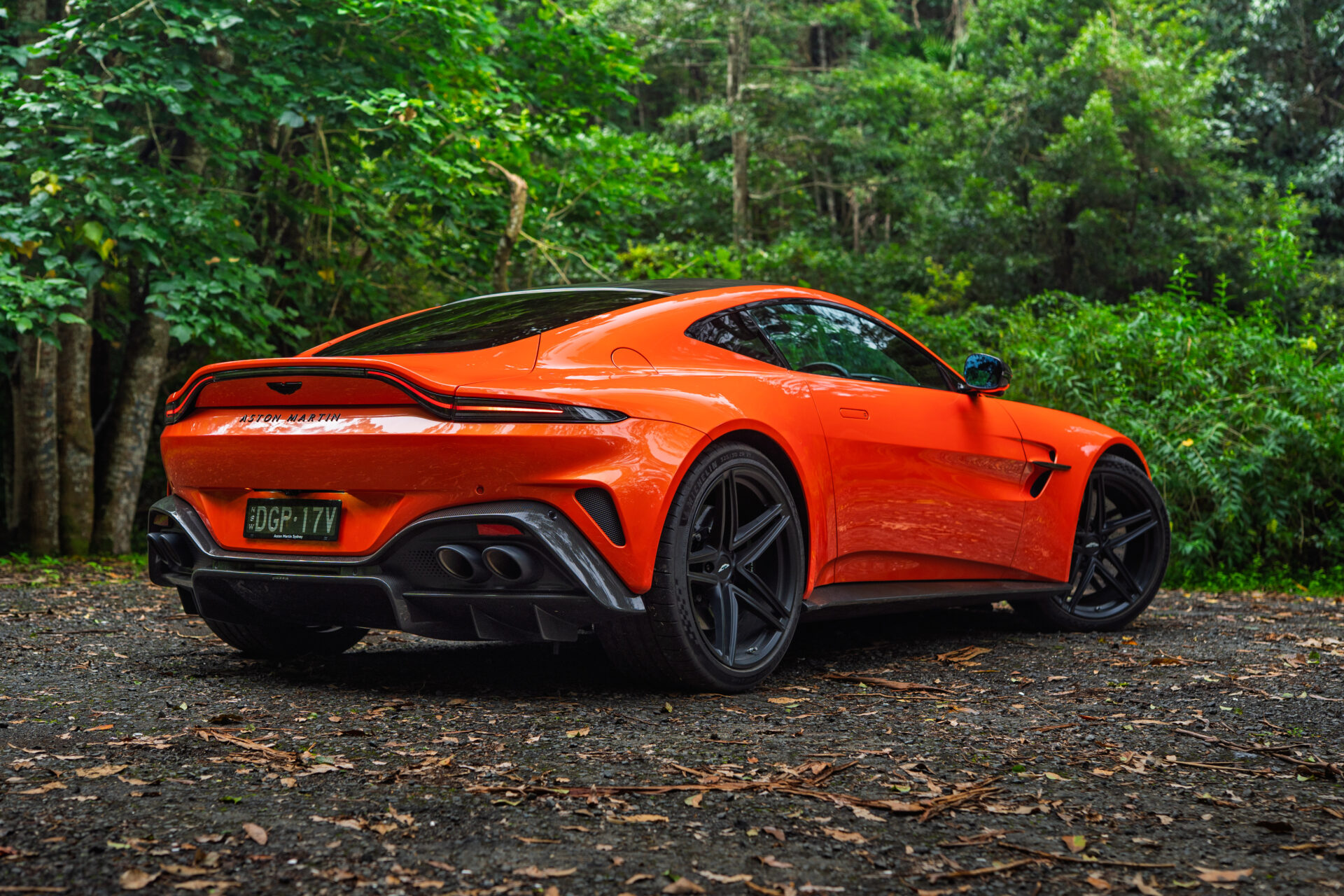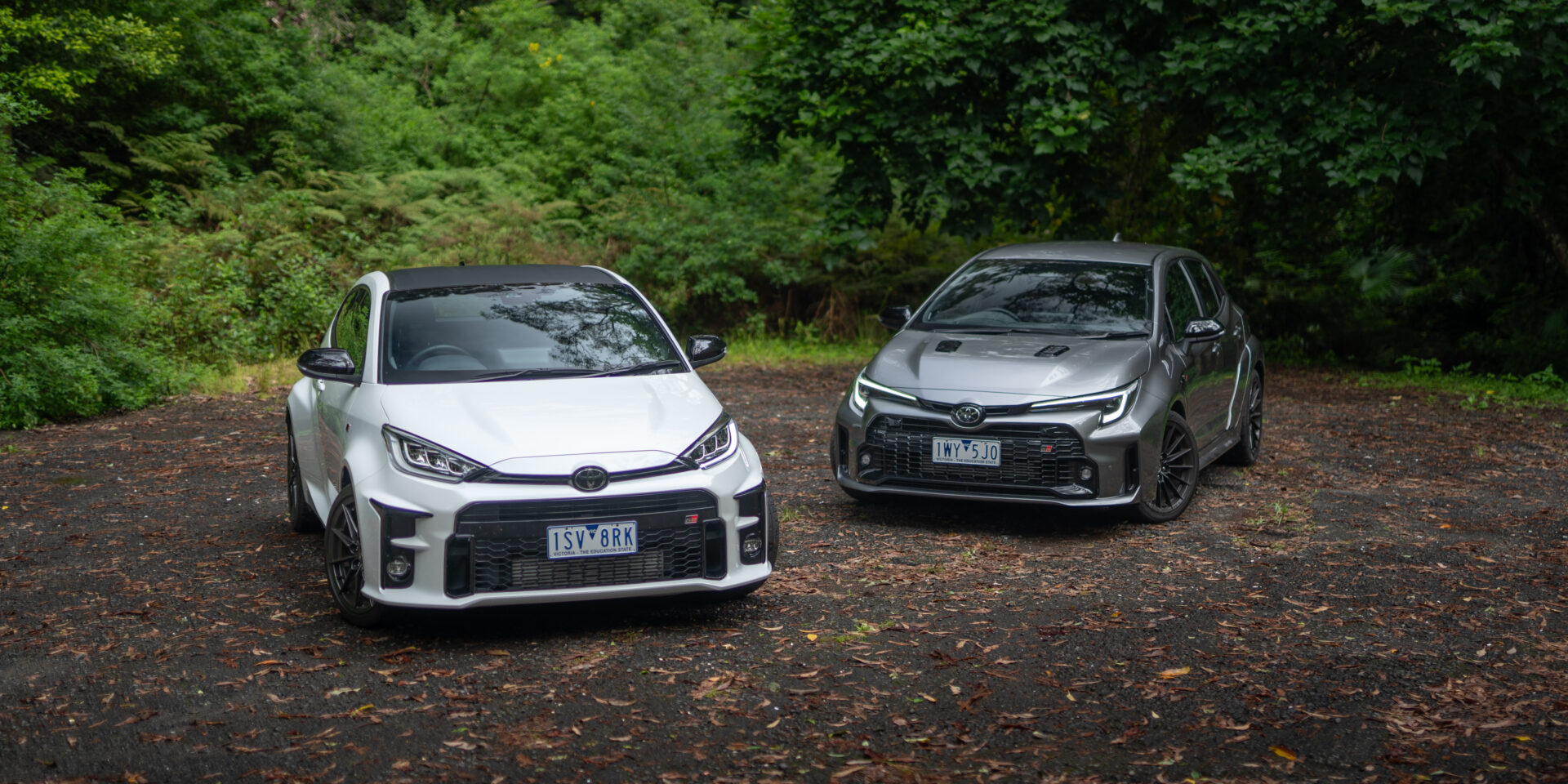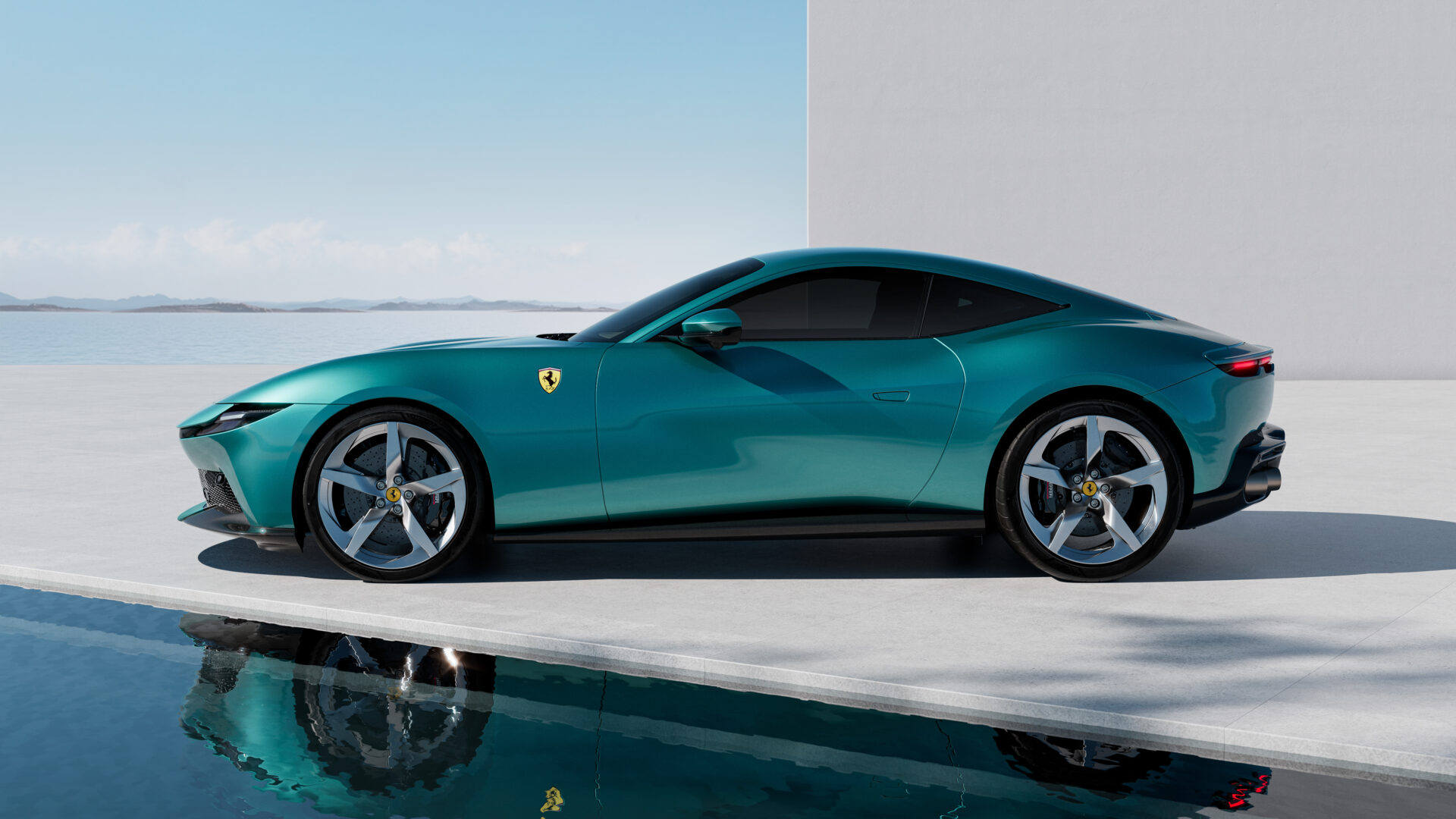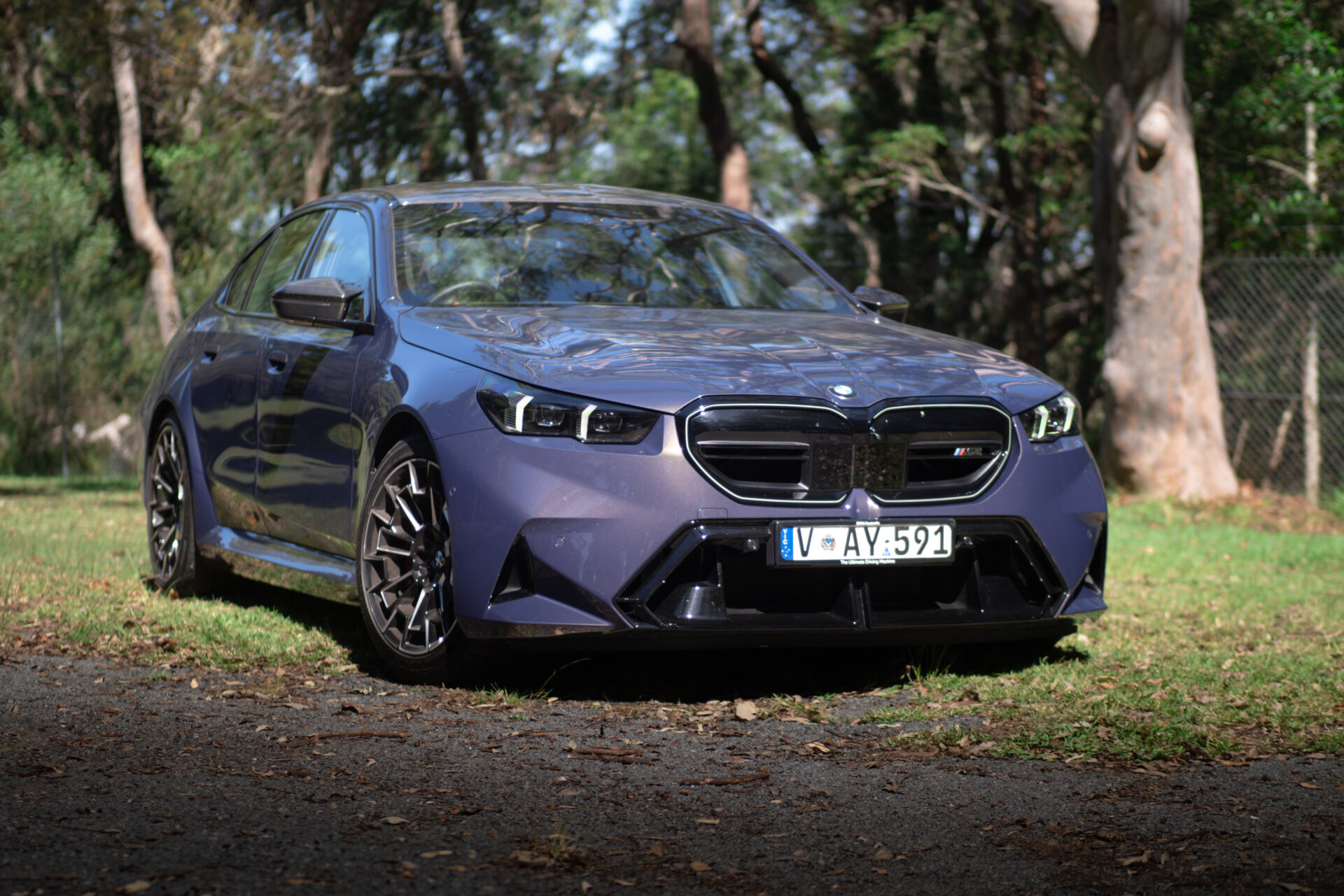The Ferrari 812 Superfast is an ode to the V12 and the glorious idea that a GT can be both fast and furious.
The Ferrari 812 Superfast is one of those dream cars. Soon, it might be just that – with ever-tightening emissions laws and the draw of hybrid power, the road going V12 might soon be a memory. Then again, we always say that…
The first Ferrari I ever drove was an f12berlinetta. It was completely mad, madder still because it had a ragged set of rear tyres. But I loved it. It’s one of only two cars to genuinely scare me – the other was the McLaren 720S.
I loved it. We found a piece of road that would shame most high-end supercars – riddled with potholes, rips and tears, the f12 should have given up. But it didn’t and I was hooked.
Twelve cylinders in a V formation can either deliver creamy, seamless power like in a Rolls Royce or angry, brutal force like in an Aventador. Somehow, the 812 Superfast’s 6.5-litre delivers both.
Words: Peter Anderson
Co-pilot: Brendan Allen
Images: Matt Hatton
Look and Feel

The 812 GTS is a clear evolution of the car that went before it, the f12 berlinetta. Based on the same platform – on which all current front-engined Ferraris are based – the 812 is long and sleek and pretty, particularly in profile. The f12 slightly missed the mark, but the 812’s cleaner, more aero-focussed front and rear ends are more resolved.
That Kamm-style rear-end took a while to grown on me, but I love it now. It looks a bit like a Star Wars stormtrooper looking back at you. I also love the perfectly sized Ferrari logo in the middle of the smooth surface between the lights.
The 812 looks amazing in darker colours and this Grigio Superfast Opaco – a snip at $52,937 – is worth every penny. If you have that many pennies to spend on a colour, I guess.

A Ferrari cabin is a study in minimalism. So often I show people the interior of a Ferrari and they’re surprised by the lack of buttons and screens and knobs and whatever else. They’re so clean and simple. Again, the 812 Superfast interior is a gentle evolution of the f12’s.
I love that big, squared-off steering wheel and the manettino switch setup. The huge, fixed paddles behind the wheel look and feel great, with a perfect action when you reach with your fingertips to grab a gear.
This car has some yellow in it, as you can see. That all costs extra, obviously, with several thousand dollars spent inside and out.
Drivetrain

Six. Point. Five. Litres.
You don’t get to write that very often in this business for a variety of good and sad reasons. Spread across 12 cylinders, the F140 GA produces a screaming 588kW at 8500rpm. The f12 and f12 TDF packed a 6.3 litre version of this engine, as did the original FF and LaFerrari. so it’s got pedigree.
With the extra 200cc came another 44kW and a massive 718Nm, the sort of figure you expect from a turbocharged V8 and more than enough to move the 812’s hefty 1700kg-plus kerb weight.
The Getrag seven-speed makes a return with its hugely fast shifts, driving the rear wheels. Between the 812 Superfast’s rear wheels is Ferrari’s epic F1-derived active rear-differential. As before, the gearbox is mounted ahead of the rear axle to help with the weight distribution, which is 47:53 front to rear with nobody aboard.
The 812 Superfast’s V12 redline is a stratospheric 8900rpm, courtesy of 350 bar injection and a lovely noise partly down to the new variable geometry intake ducts.
Chassis

Key to smile induction is the manettino switch. In the 812 Superfast you have five modes (versus, say, the Portofino‘s three) – Wet, Sport, Race, CT off, ESC off. They’re all fairly self-explanatory but if you need help, you can call them, “Careful-Now, Fun, Lots-of-fun, Hey-don’t-do-that and Certain Death.”
Well, with my driving ability that’s what they are. Obviously CT off and ESC off were completely off limits for me and no sane person without a couple of world championships, or at least national championships, under their belt would use these in anger on the road.
Except this guy, I guess.
Ferrari’s F1-Trac magic talks to side-slip control to ensure safe sideways silliness without causing blushes.
The power reaches the road at the rear via 315/35s and the fronts steer with the help of 275/35s, Pirelli P-Zero rubber of course. The 20-inch alloys on this car were secured with titanium bolts ($2715).
With all that V12 thunder, braking is seriously important, so Ferrari fitted a set of gigantic Brembo Extreme carbon-ceramic discs. The fronts measure 398mm and the rears 298mm. Ferrari says they’re almost six percent better than the f12’s and I am not going to argue.
The wild f12 TDF brought four-wheel steer to the table and it remained for series production on the 812 Superfast. Ferrari calls it Virtual Short Wheelbase 2.0 which is a ridiculous name but kind of does what it says on the tin.
As you might expect, the dynamic damping is present and correct, known as Magnaride Gen 3 (more silly names).
Driving

The f12berlinetta is an experience burned into my memory. It’s a feeling I can instantly recall and describe without a millisecond’s thought. It was pretty wild, made wilder by the fact I was the last person to drive it before it was sent to a new owner. It had also spent the previous week pounding around Sydney Motorsport Park without a tyre change. So it went from lively to handful very quickly. It was glorious. It was scary. Two cars have scared me – the f12 and the first time I drove a McLaren 720S.
And so I approached the 812 with great care, even greater care than I would normally approach a car from Maranello. The f12 TDF was famed for its even more lively chassis and we know a lot of that car went into the 812 Superfast, particularly the rear-wheel steering package.
I needn’t have worried. The 812 is way more tied down than the f12, partly because the tyres had tread on them but also because customers probably wanted it that way. It has lost nothing of its fury, though. The V12 dominates the experience, with the seven-speed Getrag moving you through the gears with almost alarming pace. The engine itself can pull from 800rpm in almost any gear, so you pretty much have 8100rpm to work. That’s about as wild and flexible as any engine every produced.
It’s wonderful to drive at any speed. It’s noisy, yes – not 720S noisy. But you know what’s going on underneath you. You can drive this on the school run (and yes, I did) and it’s fine. Speed humps aren’t terrifying like they are in the Aventador.
But on a good road – and the roads that get you there – the 812 Superfast is sublime. When you first drive it, you’re aware of its length because of the way the bonnet stretches away in front of you. But the four-wheel steering brings the car in around you. You drive this car on instinct because it so quickly comes to you. The steering is light, as is the Ferrari way, but full of feel and the change of direction is nothing short of astonishing.
And the way you can tune the car on the throttle, both for sound and for attitude, is just so easy and inspires joy.
And smiles. This car makes you feel so glad you’re alive to see and hear it.
Competition
I’ve only driven the Lamborghini Aventador S as far as genuine competition goes, and it’s not a patch on this car. Aston Martin will sell you a DB11 with a V12 and even then it’s a twin-turbo. Mercedes has a new SL on the way but it’s unlikely to be as much fun as this thing is.
Redline Recommendation

Blimey. If you’re stuck with me for any length of time, you will hear me say, “Good cars get under your skin. Amazing cars get into your bones.” As I type that, I remembered the sound of the V12 and it shot up my spine, spreading through my ribs. It’s that kind of experience. The soaring sound of the V12 will stay with me till the day I die.
The kick in the back when you downshift on a floored throttle will stay with me and will stay with every single person who rode in it with me.





Leave a Reply